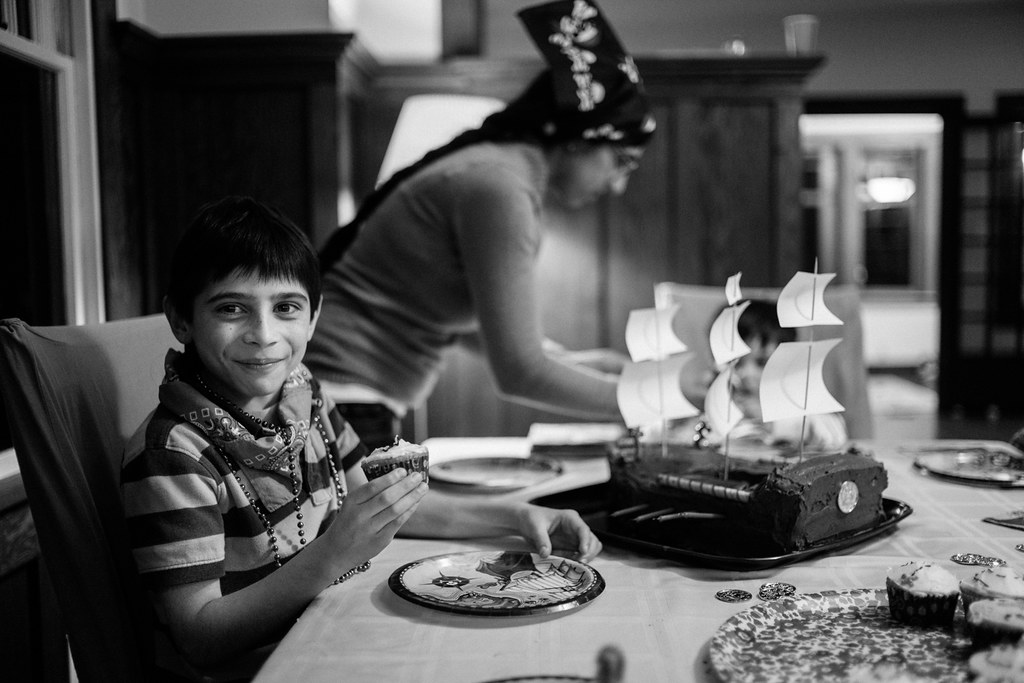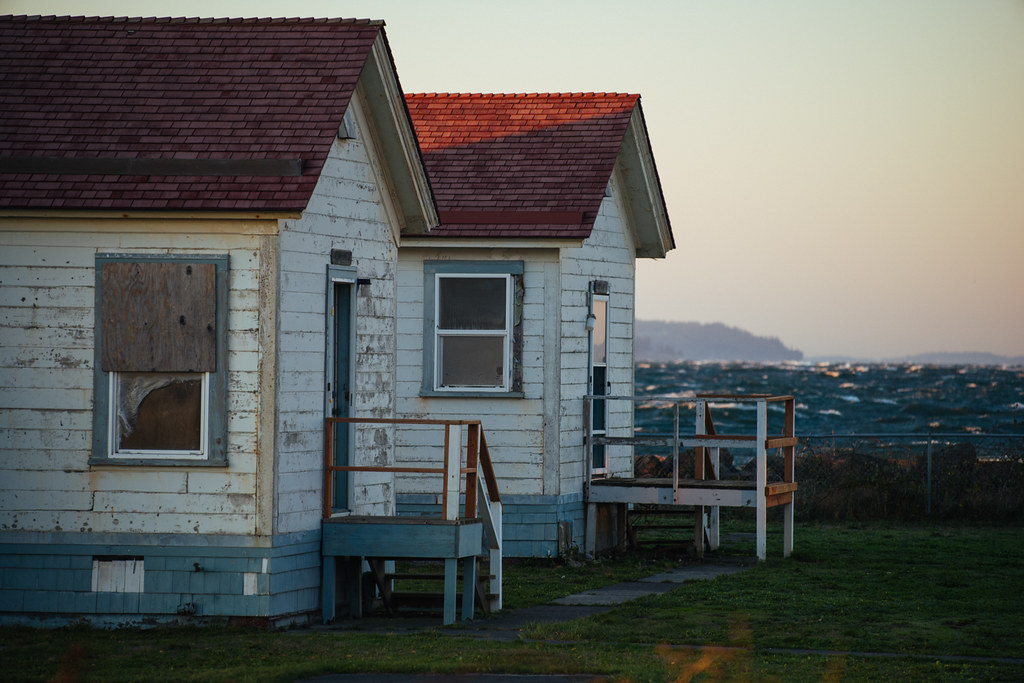ashwinrao1
Active member
A birthday party to follow, with the 35 FLE






Great to see you here. Join our insightful photographic forum today and start tapping into a huge wealth of photographic knowledge. Completing our simple registration process will allow you to gain access to exclusive content, add your own topics and posts, share your work and connect with other members through your own private inbox! And don’t forget to say hi!



I also have some issues with the referred post at FM. I bought my 2/28 ASPH in 2007, it was one of the latest M lens designs by then and supposed to be more than excellent.I don't go to FM because of a suspicion that the accuracy level is quite varied there. The response that uhoh7 quotes has some questionable statements. It may be conflating two 28 Elmarits, since when I purchased an M8 in 2006, the Elmarit-asph 28 had just been introduced to the market, and was advertised as the latest design from a renewed team. Its properties are such that it is extremely sharp out to about the radius of the M8's Kodak chip (1.3X). I'd like to know why it was said to be designed in 1993. The SX 28 reached the market this year as a mainline product, but was in reviewer's hands two years previous and sold as part of a collector's kit with a fancy body and three Summiluxes in 2013, so its design began well before the three years ago when "discussions that lead to the SL" are said to have begun.
A bigger deal is that the differences between the M240, SL, and Sony industry standard chips are not just cover glass thickness (Roger Cicala should get credit for sorting out that factor), but also microlens shape and placement, and well design. Possibly even pixel cell layout, as asymmetric cell layout played a role in the Italian flag syndrome that the M9 encountered.
So, grain of salt, folks.
scott
That's why I make the quote, Scott, folks like you can weigh in on these ideas.A bigger deal is that the differences between the M240, SL, and Sony industry standard chips are not just cover glass thickness (Roger Cicala should get credit for sorting out that factor), but also microlens shape and placement, and well design. Possibly even pixel cell layout, as asymmetric cell layout played a role in the Italian flag syndrome that the M9 encountered.
So, grain of salt, folks.
scott
Do get yourself up to LR 6.3, Ashwin. The profile Adobe has supplied is really very good....
Onto some additional photos, with the R-80-200 f/4 Vario Elmar. A great lens to add some length. Most of these were shot wide open...it's a sharp lens
- - - Updated - - -


Couple of questions for you.One with the Zeiss Otus 55 @ 1.4
View attachment 114501
The FN button is assigned to custom WB by default, takes just a second to make a setting. They provide two tools as well, whole frame and selected area. Easy as can be....
This leads to a key SL question ... how easy/fast is it to set manual WB with a test setting shot for available light work?
This stuff is quite scattered about. I pay closest attention to Sean Reid, Jono Slack (who is observant, but doesn't wish not to be thought a techie), and Sandy McGuffog. I've seen comments that Leica has worked on all three elements. Roger Cicala says that the cover glass thickness is 0.5 mm in the M8, 0.8 mm in the M9 and M[240], and he doesn't have ten SLs in house yet, so I don't know what he expects for it. The Sonys and Olympus/Panasonic M4/3 sensors have a 2 mm thick cover glass. He has taken a Sony apart and measured that. Sean has reviewed the 35/2.0 Summicron-asph and the CV35/2.5 on both M[240] and SL, as well as the 28 Elmarit-asph (the tiny one), the 28/1.4 Summilux-asph, and the CV 35/3.5 (which is rather compact). You'll have to read his report but I concluded that when he sees an improvement of the SL over the M[240], it is a small improvement that would be hard to see surviving in my handheld normal exposures. Sean didn't have a 28 Summicron handy -- the SX28 is fast and the EL28 is small, and that pretty much covers his requirements. I think Jono did provide some careful comparisons of corners with the SC 28 on both cameras, but unless Google is indexing him, you will have to crawl through an awful lot of LUF posts to find it now. Maybe the thread of M&R on SL has it....
Do you have sources about the differences in microlens shape and placement, and/or well design in the SL sensor vs 240?
I agree with you guys on the 28 cron which I use all the time on my M9 and is fantastic on that camera. Apparently it is not quite as good on the SL?
This may be coming from Sean Reid.
Actually, I have the Nikon to T adapter on order at B&H but it still hasn't arrived. I used the Novoflex Nikon to M and then the Leica M to T adapter as a work around.Couple of questions for you.
1. Were you able to get the Novaflex Nikon to T adapter ?
2. Have you encountered any difficulty with the EVF brightness when shooting in the Florida sun ? I shot Kite Boarders at sundown with my 90 M lens on the SL and I could see well enough to focus .
The SL EVF and LCD can be adjusted for brightness ... SETUP -> Display Settings -> LCD BrightnessCan one adjust the brightness in the EVF?
Godfrey, you are putting words in my mouth. Where did I write or say I expect, desire or in your words did I say I want perfect skin tones with no adjustment. Please dont attribute statements to me that I never said nor ever implied. I bring this up because once before you did something similar to something I posted and upon defending what I wrote, you retracted your words.Dave,
I'm seeing excellent skin tones, both direct out of camera and with the LR 6.3 camera profile. I'm not seeing any teething pain here, not like there was with the M typ 240.
How much better it has to be before you're satisfied, I don't know, but I'm quite satisfied as is. A child, in indoor light, wearing a red shirt and holding a red toy up near his face ... And you want perfect skin tones with no adjustments? I don't think there any camera that can do that. Ever.
G
